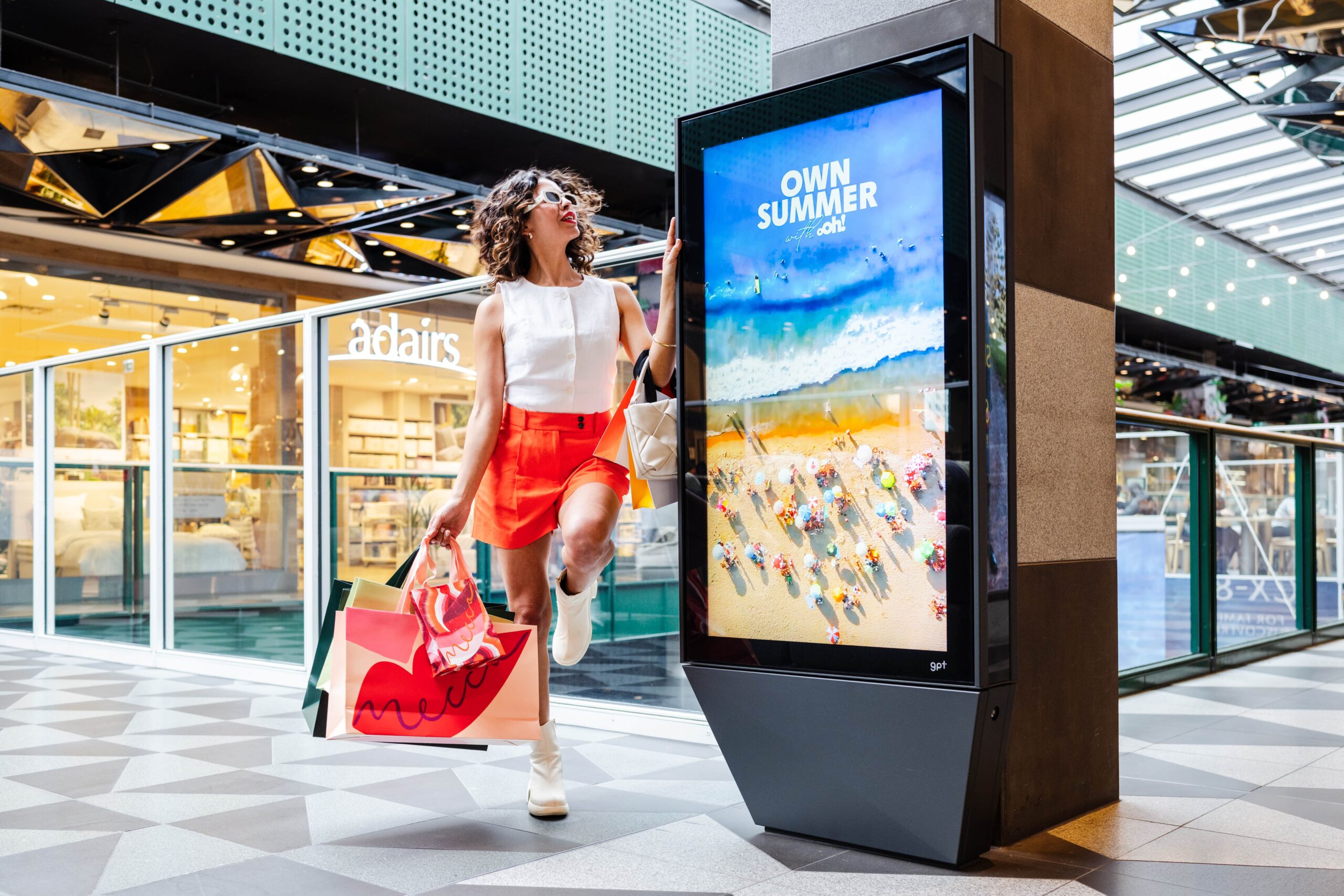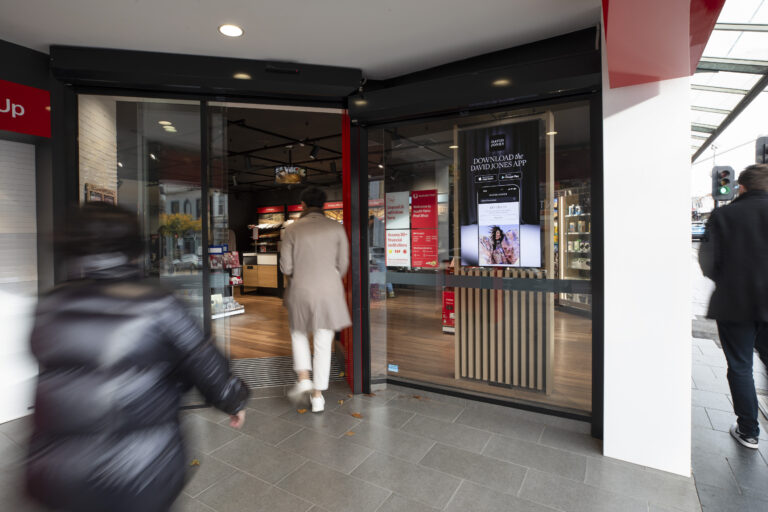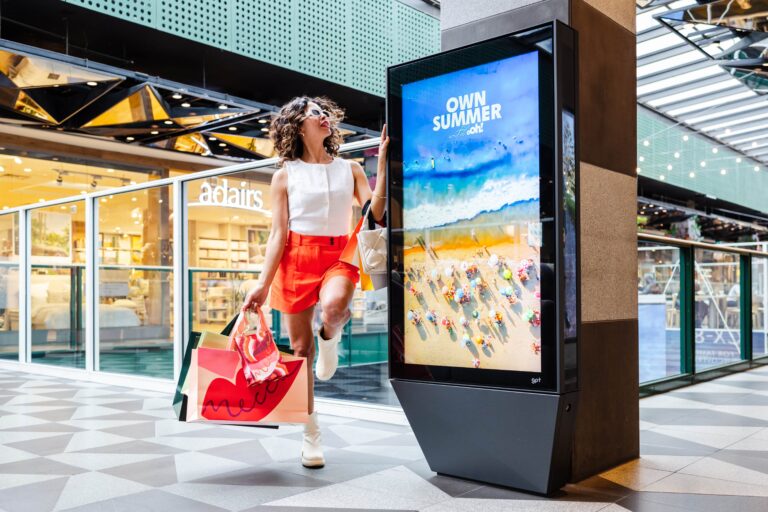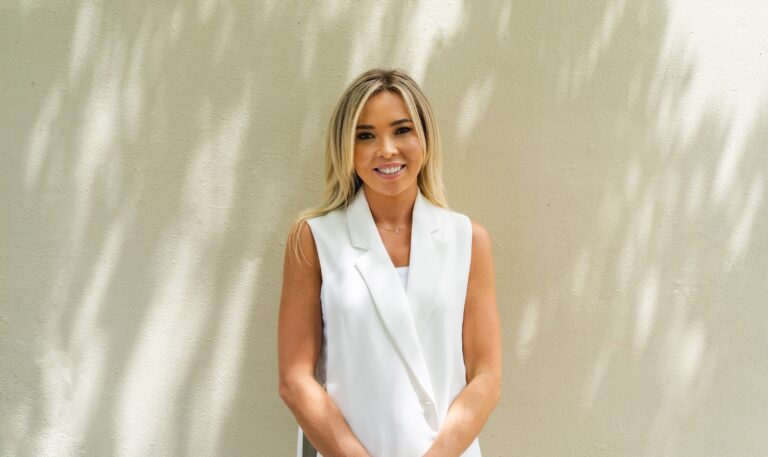As originally published in AdNews.
Declining TV and radio ratings over summer have created an industry-wide “perception issue” that Australian’s aren’t spending during the season, causing brands to go dark, and miss out on the most profitable time of the year, according to Mel Duffy, head of product and sales partnerships at oOh!media.
Figures from Westpac Data X revealed to agencies and marketers last month, show Australian customers spent $166 billion more over summer last year and $2.9 billion more in discretionary purchases compared to winter.
Top category spend was jewellery which was +31%, office and education, +25%, bars and clubs, up $196 million and supermarkets, up by $600 million.
Duffy said this data was important for demystifying doubts about investing in summer advertising from FMCG clients (fast-moving consumer goods) who saw the uplift in retail spend.
“I think there were perhaps some beliefs that we aren’t spending in the way we used to be,” she said.
“But we definitely are spending a lot more in that space. We kind of helped validate and helped advertisers and clients really understand where we are spending and kind of what categories are starting to see some of those increases.”
From a movement point of view, coastal towns dominate the market, with a surge of $76 million last summer.
3.3 million Australians take-off on regional road trips over summer, leading to 3.7 million extra petrol station visits.
However, marketers are still “turning-off” unaware of full potential of summer spend.
Summer programming kicks in, and spending is either paused or invested less due to fewer people being at home in front of their screens. Brands are misled in how they follow tv and radio’s off-season instead of maximising other channels.
“I was curious as to what was going on for marketers,” Duffy told AdNews.
“There’s a real legacy behaviour when tv ratings period ends and radio ratings end and they go into their summer programming. Generally, marketing spend follows suit and we can actually see that really clearly from an industry spend point of view.”
Budget pressures across the financial year and some individual brands do influence campaign spend, meaning some brands can’t prioritise summer spend despite having an active audience.
“I don’t want to paint a negative picture. I think many marketers, they do understand that there’s an opportunity. But I do think it’s yes, it’s balancing out that opportunity – how they best get in front of audiences over that period. That’s kind of the tension.”
However, there is also an “over-reliance” on other channels like linear, including BVOD, SVOD and social media, with out-of-home an alternative channel when audiences start to move outside.
“We’re really doubling down on those channels across the year.
“And whilst out-of-home is very much valued and we’re seeing great increase in spend in that channel, I think that’s kind of where we had to help advertisers understand that out-of-home, in particular, plays an even bigger role over summer and really eclipses the effectiveness of other channels.”
Research from independent research company Analytic Partners, shows out-of home effectiveness increases by 2.6% across summer and brand advocacy lifts by 121%.
Audiences do change during summer – but not in the ways marketers and brands assume – becoming more, not less engaged consumers. Duffy says summer inspires better mood and increases the desire to spend.
“When the sun comes out, we are happier, we spend more,” she said.
“There’s a lot of advertisers who think my customer inherently changes.
“You know, we don’t go about our day like we used to, we’re not making the same purchase decisions, we’re not spending.”
The data has helped clarify understandings of audience sentiment and strengthened interest in the out-of-home channel.
Brands want visibility in the spaces audiences are most active across summer.
This includes beaches, road trips across regional Australia and more travel to cities like Melbourne for big cultural and sporting events.
“Our inventory surrounds a lot of those really beautiful summer occasions,” said Duffy.
“In Melbourne you’ve got the AO, you’ve got the F1.
“And reminded people of all those increased movement moments but then equally how we’re feeling and how receptive we are to advertising simply because we’re happier.
“And being able to put your brand in that moment is just so powerful.”
Recent acquisitions include the Beaches network, announced last month, that spans across 100 coastal locations from Sydney’s Bondi and Palm Beach to Glenelg in South Australia, Melbourne’s St Kilda, Brisbane’s Suttons and Perth’s Cottesloe.
oOh!media also has Melbourne’s Bolte Bridge which was recently taken over by campaigns by Telstra and Coopers.
The Melbourne and Sydney metro lines (already in the market) are also set to be united in a dual state proposition.
Duffy said since Westpac Data X’s insights have launched, there has been “a positive influx” in booking enquiries and interest from brands and marketers, suggesting a shift in how brands will approach summer advertising spend to include more out-of-home buys.
“We’ve got the proof in terms of the data and behaviour. We’ve also got that inventory that can help them get their message in front of people in a really beautiful place.”
Duffy said this has been the biggest “hook”, even more than the proof of spend, when getting through to chief financial officers and CEO’s about the summer marketing advantage.
“We weren’t uniting that narrative around movement which is validated by the Westpac spend data. We weren’t surfacing the spend as an out-of-home industry, we weren’t talking about that.”
“We actually just weren’t talking about human behaviour as openly as we should.
“This happiness piece, you know, this receptivity piece, and it was just the marriage of those three things and so many clients were like, yeah intuitively, I knew this, but I just needed that data, that complete picture to help me get this over the line and to be able to spend that money and to advertise.”
The industry is investing more in campaign measurement technology, providing advertisers and marketers with greater proof of the reach and scale of out-of-home to drive real-world outcomes.
The Outdoor Media Association will soon launch MOVE2 which oOh!media will utilise for its data insights.
“I think us being able to share that spend data around customers and that movement data around how people are moving and showing that increase in, not only supermarket spend, but that increase in visitation to different hotspots and that spend that comes with it, really helps advertisers validate their own teams.
“The opportunity that is there and did help them demystify any perception issues they might have within their business.”







